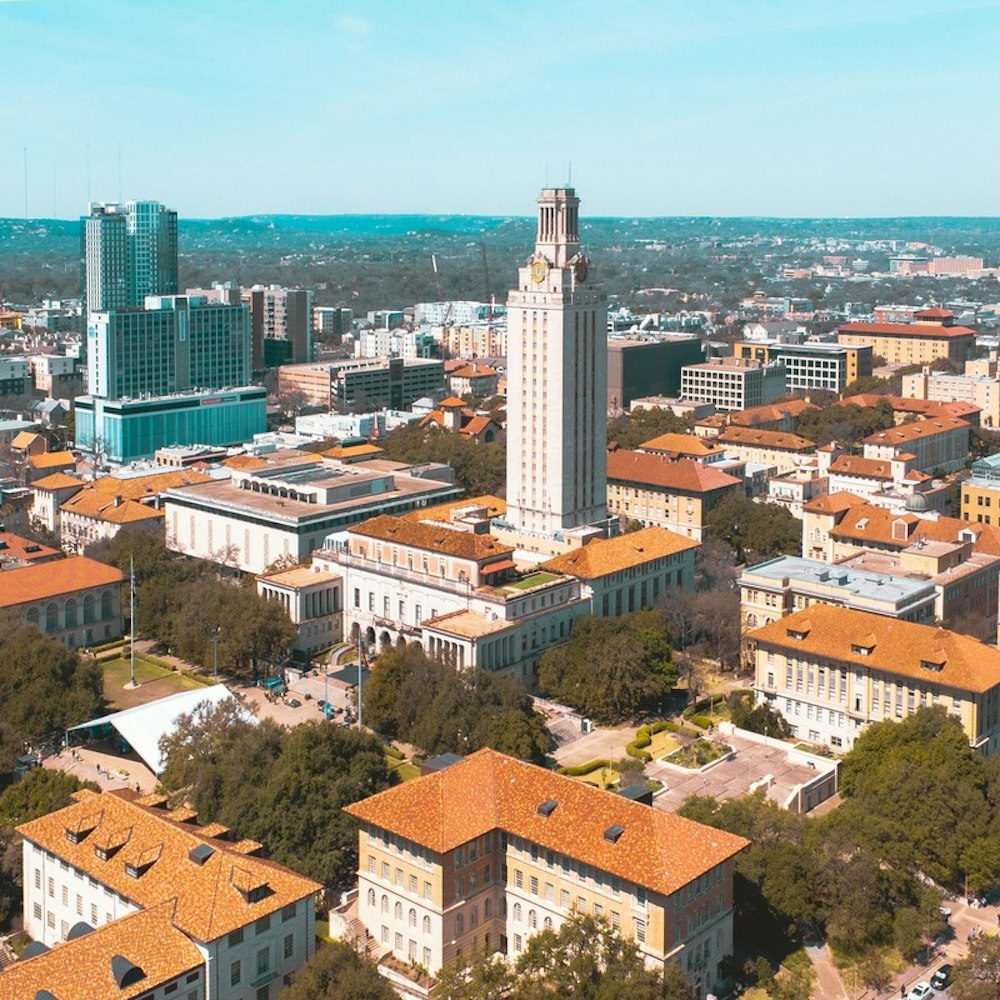
As tides rise and storms batter, the U.S. Army Corps of Engineers and Miami-Dade County have stepped forward to shield South Florida's coastline from the wrath of Mother Nature. The duo released a draft report yesterday, detailing a strategy to manage coastal storm risks threatening the region's communities. According to the report from Miami-Dade, this is but the first phase of a broader scheme to bolster shorefront defenses against increasing storm surges.
In what the Corps calls an "initial stride" in a more extensive partnership, the report lays out short-term fixes to curb the risk of surges, including floodproofing key buildings and lifting homes above the danger line. "This report marks the initial stride in a comprehensive long-term collaborative strategy with our partners, Miami-Dade County, aimed at improving coastal resiliency," said Col. Brian Hallberg, USACE Norfolk District Commander, in a statement obtained by the Miami-Dade press release. The public is invited to weigh in over a 30-day comment period, giving folks a chance to directly impact the final plan.
The draft report, which doubles as a NEPA document, discusses current environmental conditions, evaluates alternative solutions, and complies with environmental qualifications set by federal and state agencies. Miami-Dade Mayor Daniella Levine Cava echoed the call for public input, asserting that the draft is a "major milestone" towards making the county future-ready. "From the beginning of this process, we've listened to the community and incorporated your feedback," Mayor Cava told residents, urging them to continue suggesting improvements, according to the Miam-Dade press release.
The report also pitches two new initiatives aimed at expanding the toolkit for fighting back the tides. The Nature-Based Solutions Pilot Program seeks to integrate measures like restoring mangroves and reefs to diminish storm surges and enhance ecosystems. A Nonstructural Program proposes uniquely tailored floodproofing for buildings still outside standard policy protections. Input on these and other measures could be provided in several ways, including online, via email, in-person at an upcoming public meeting, or virtually using a Public Commenting Tool.









